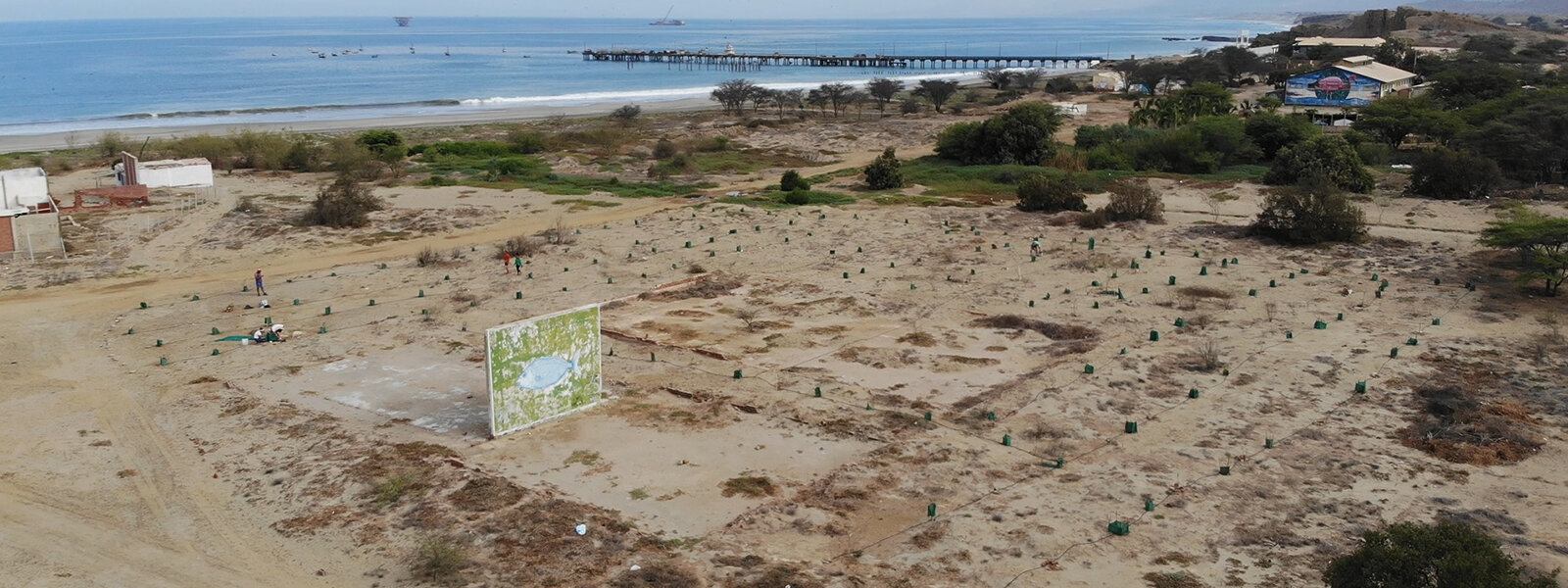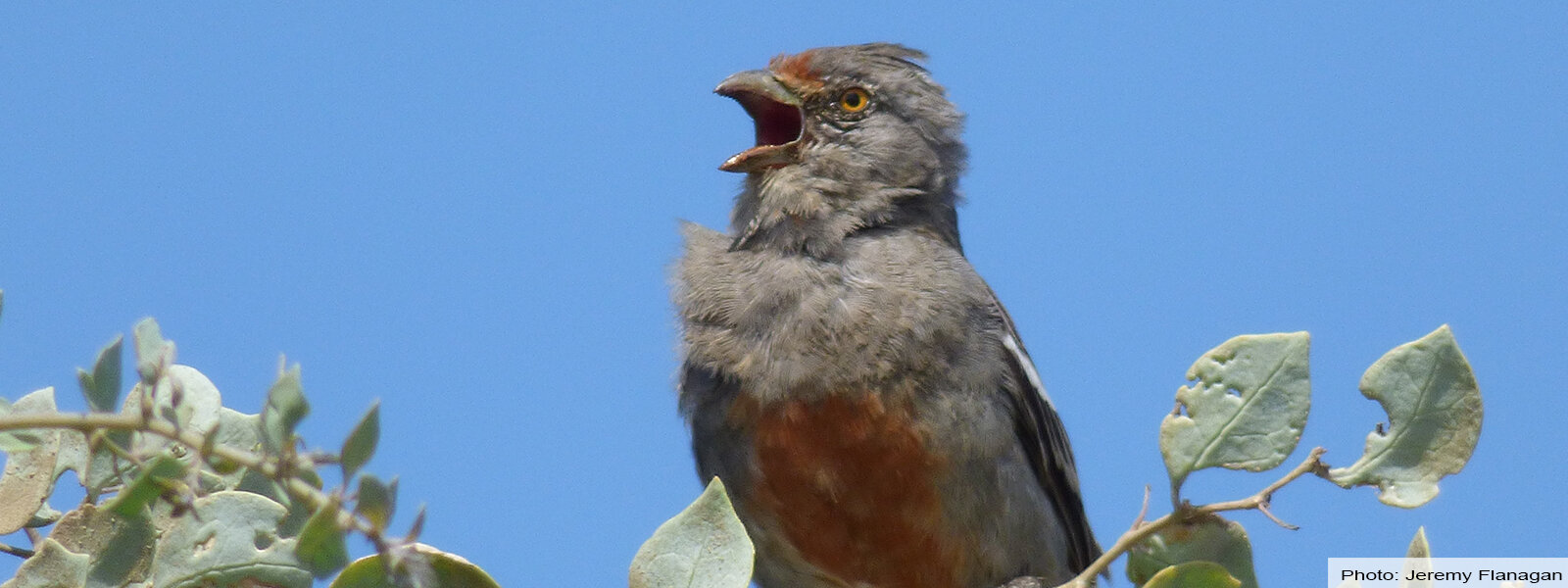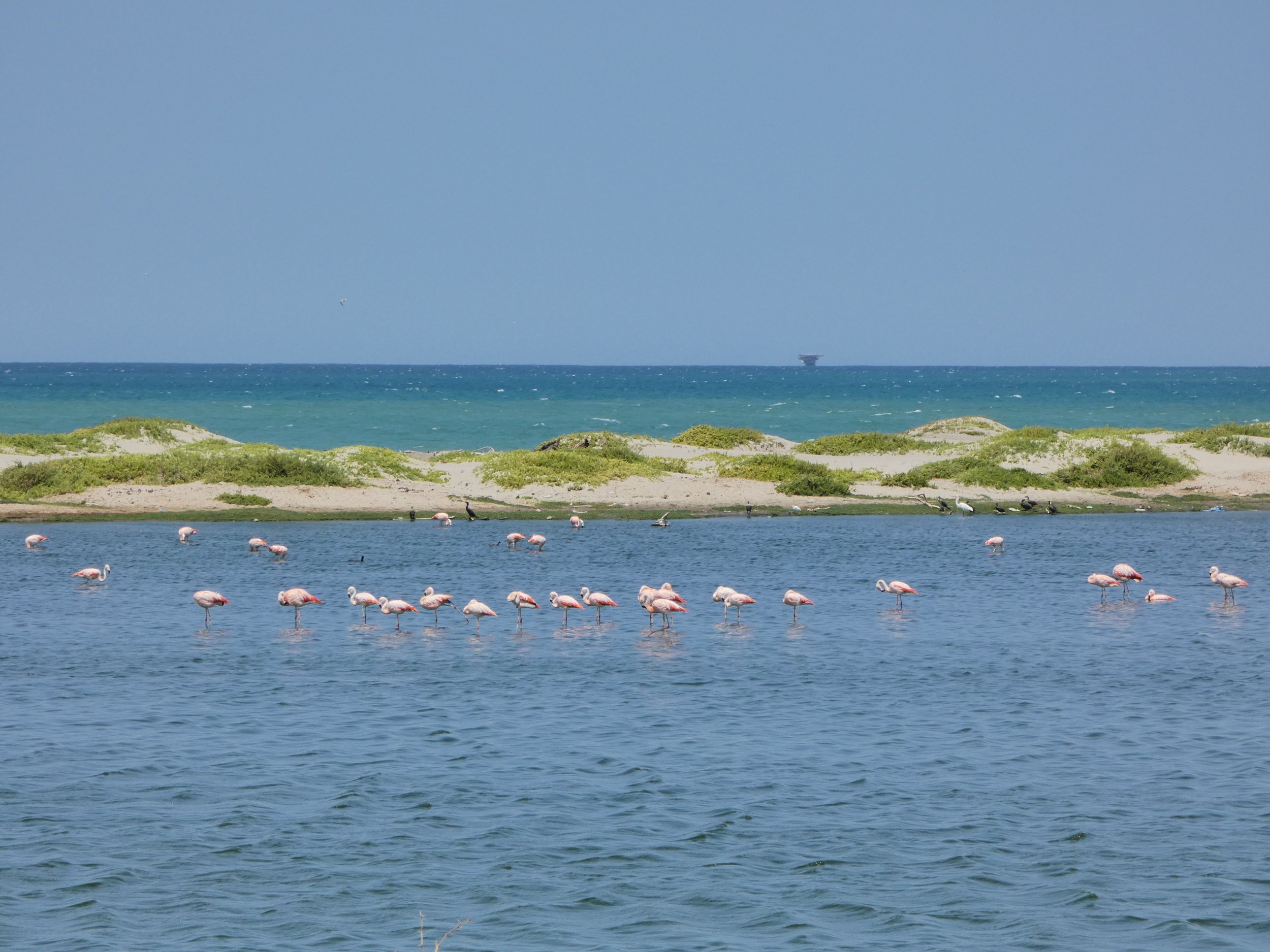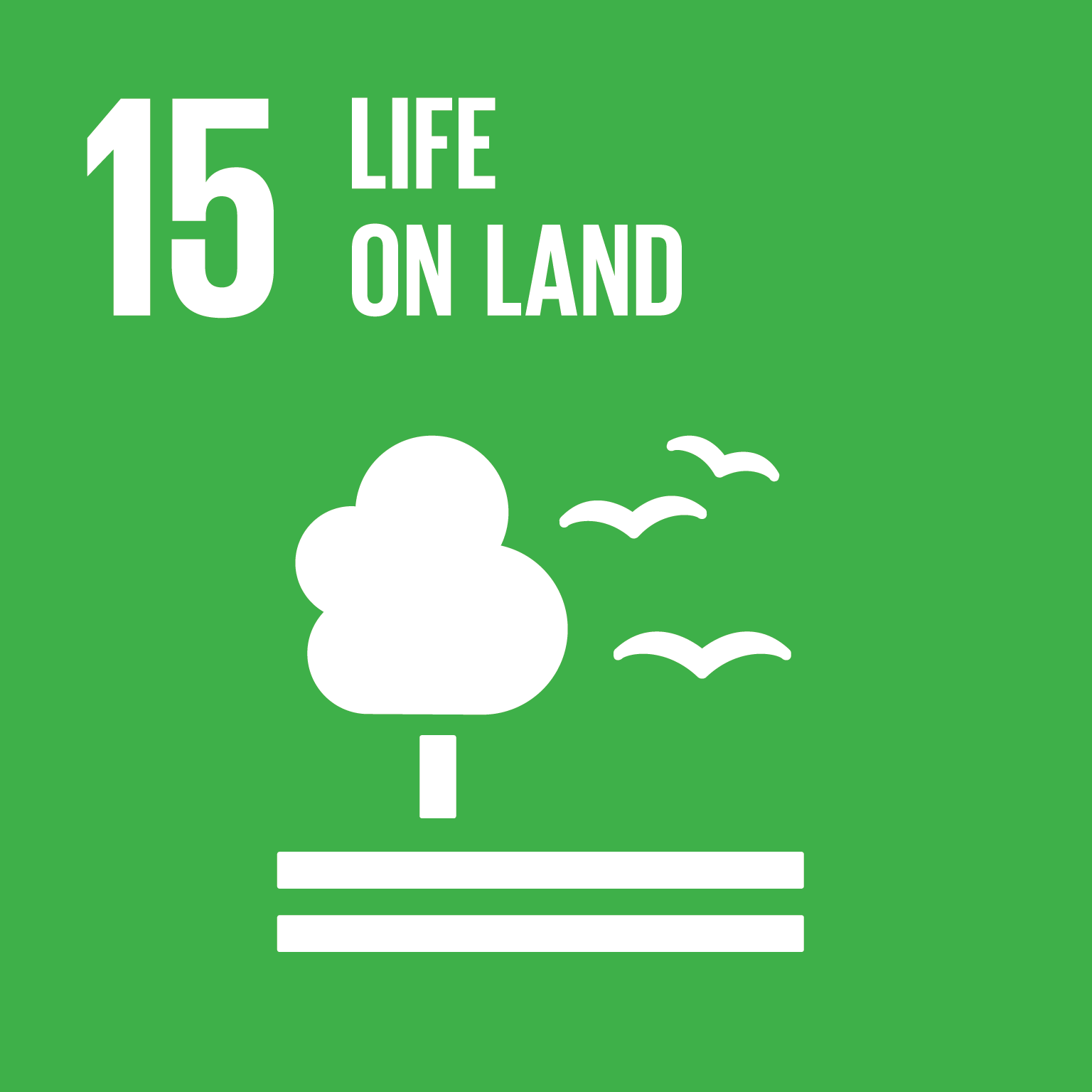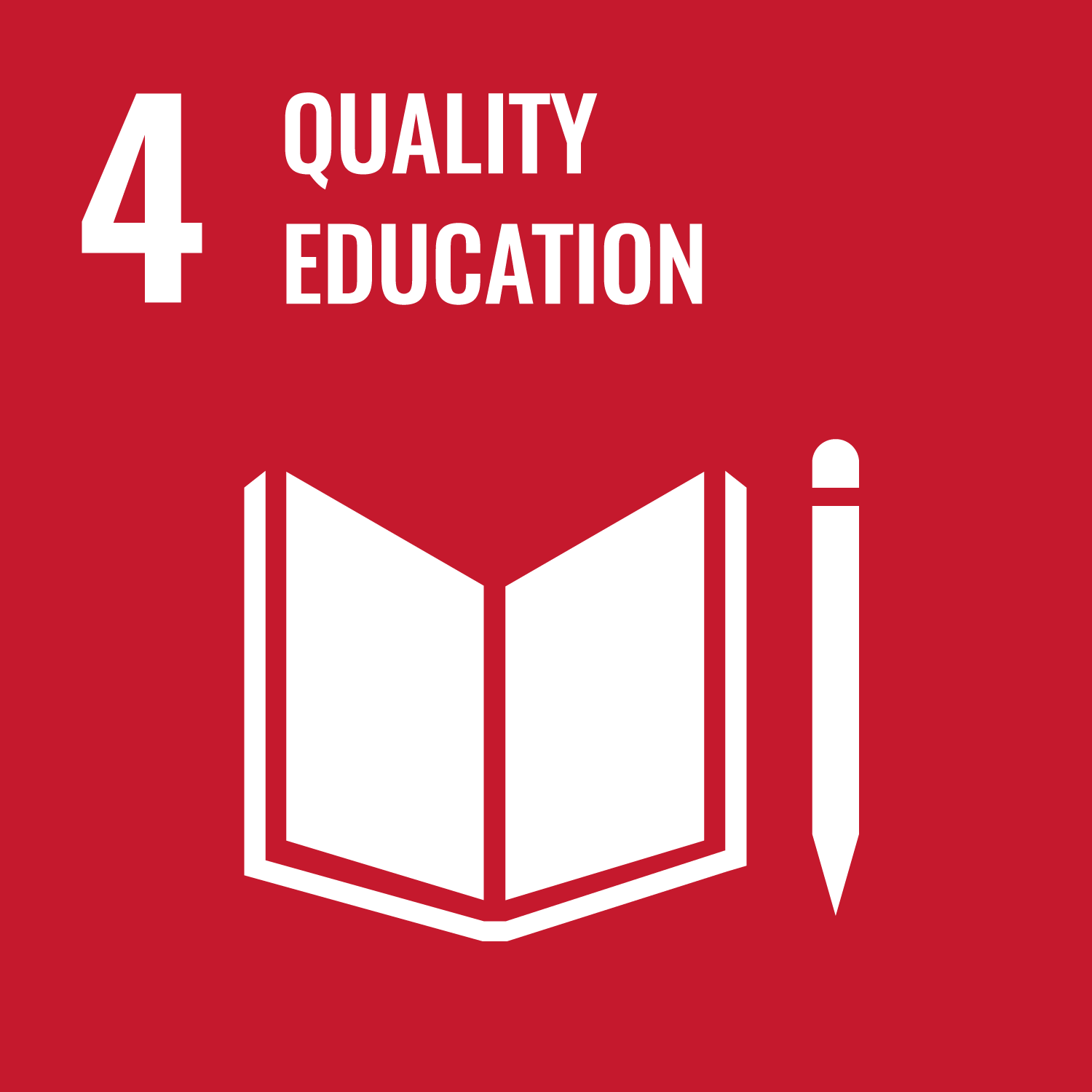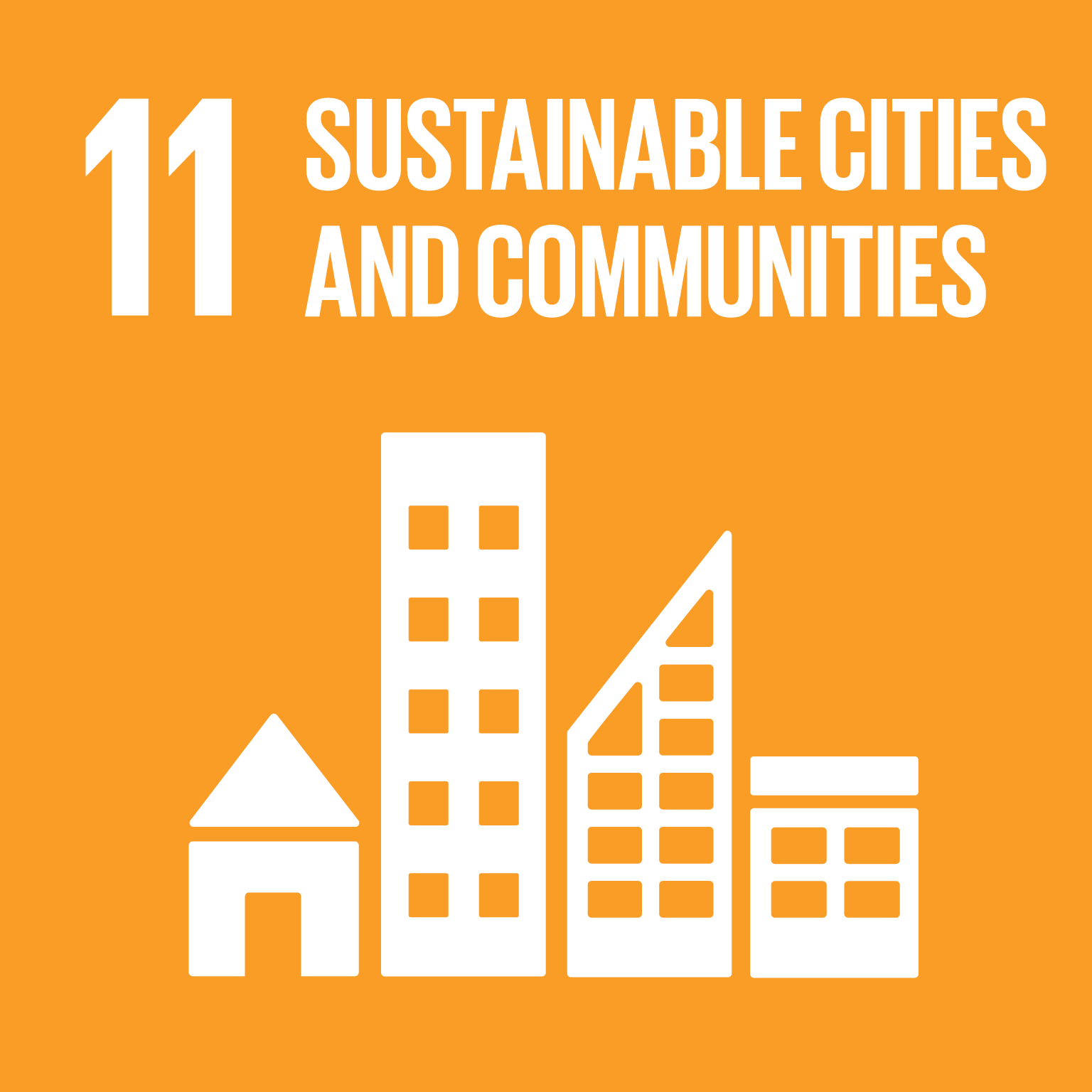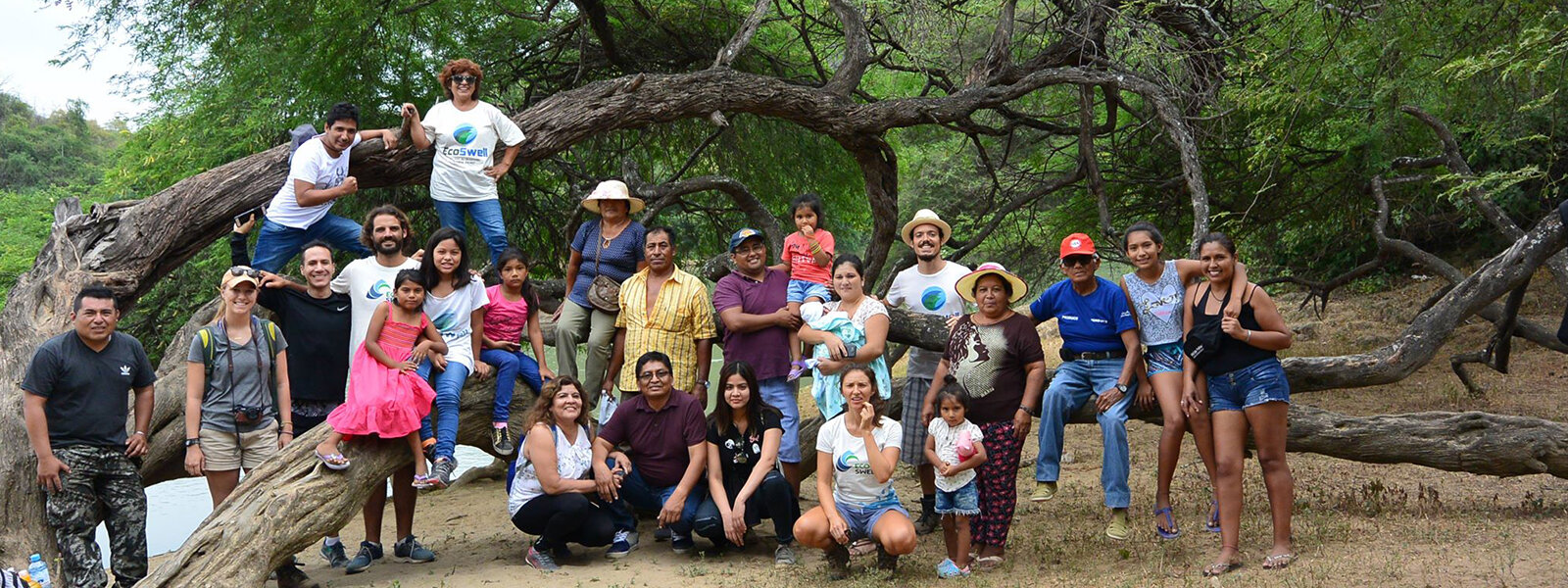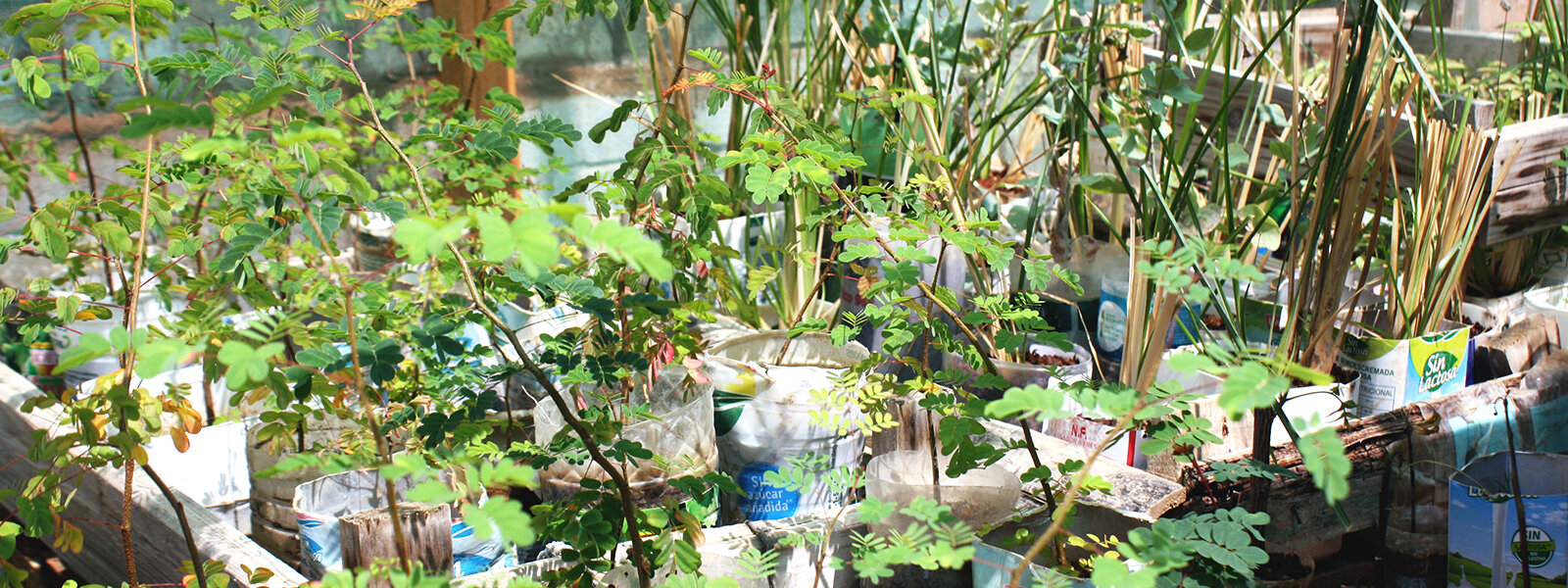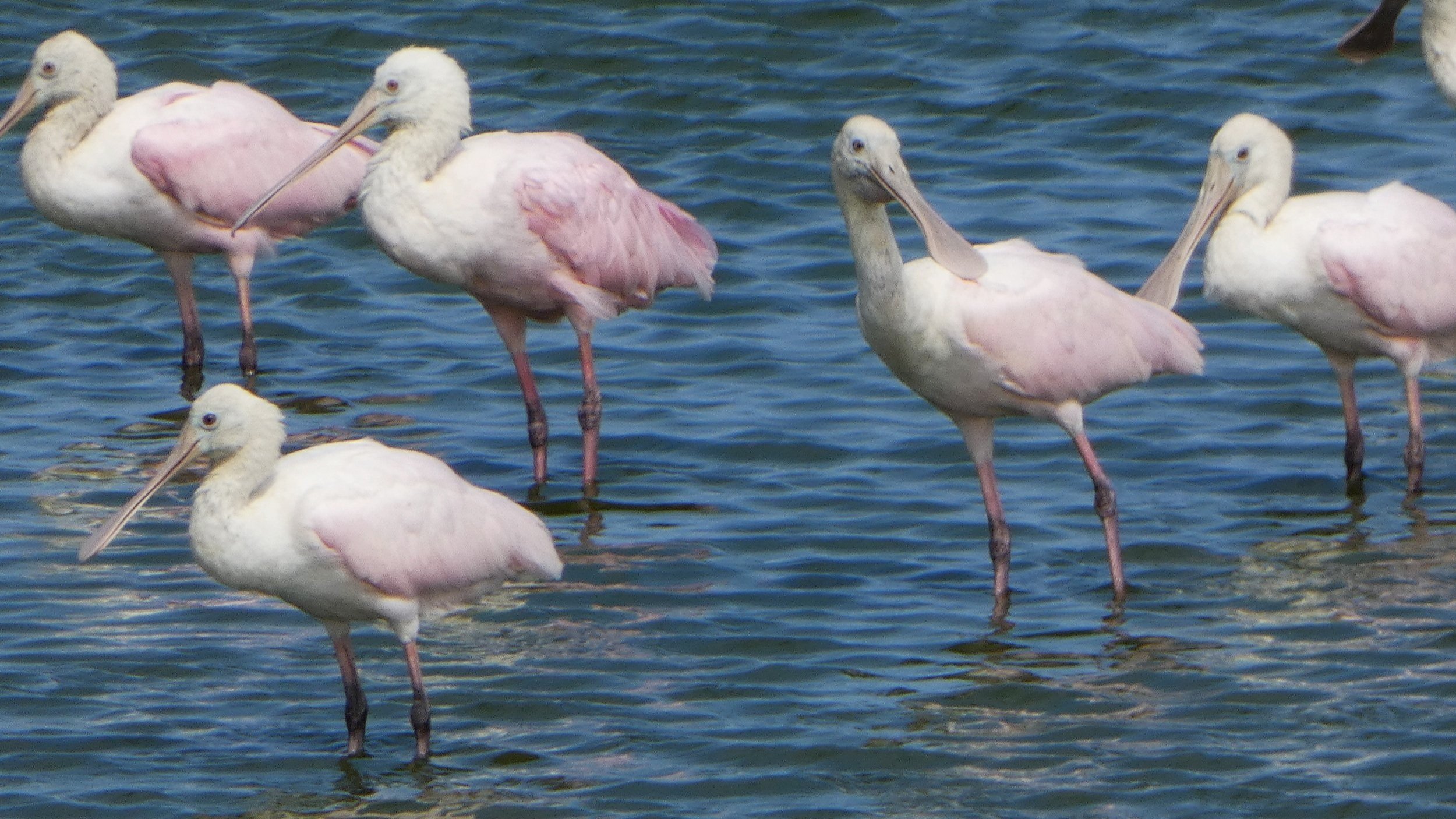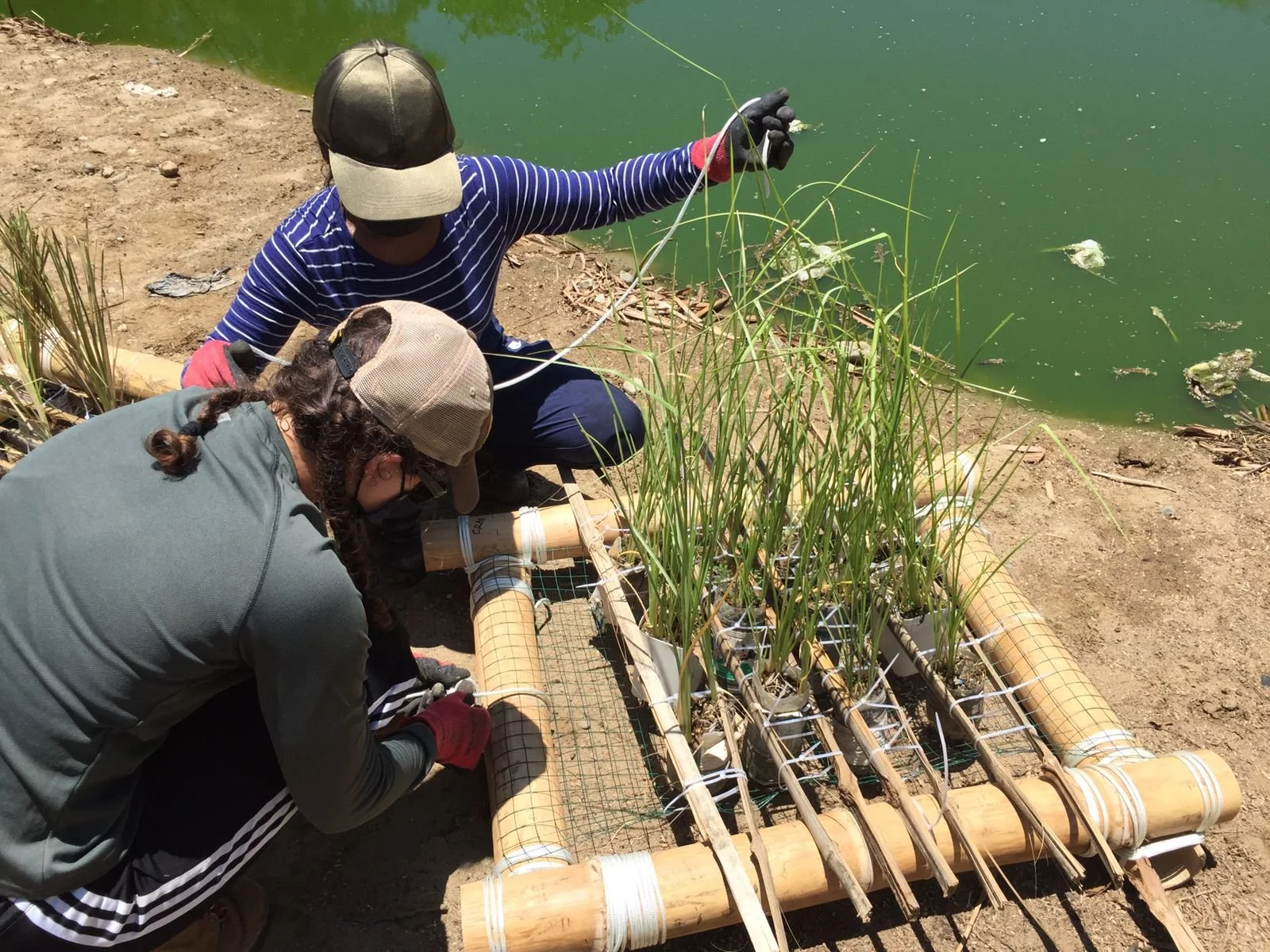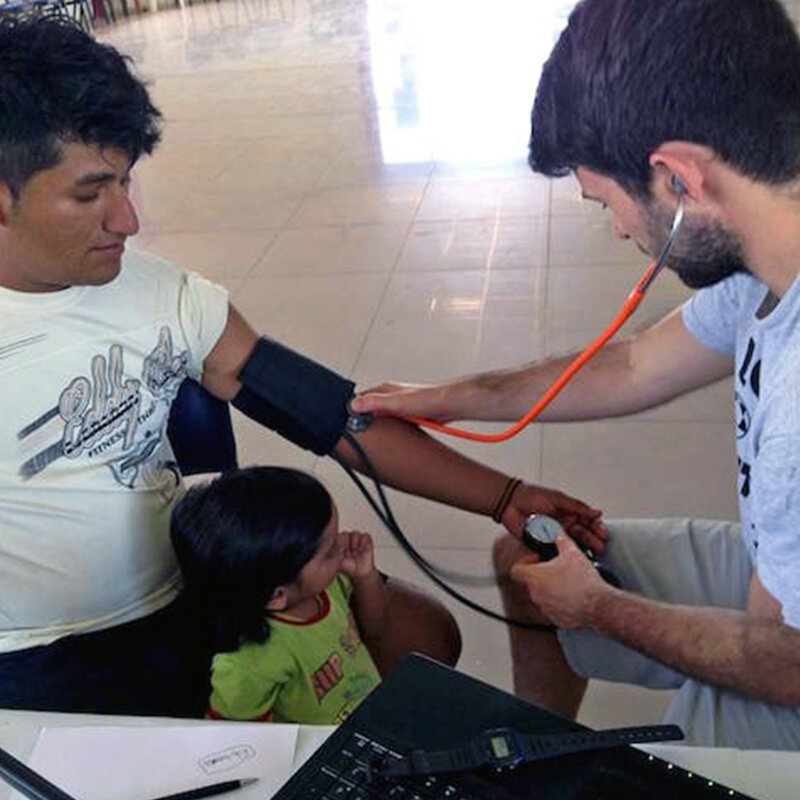Reforestation & Ecosystem Restoration
“Only the whole is reality.”
―Allan Savory
The Challenge
The world is currently facing a global problem of mass extinctions, biodiversity loss, habitat degradation, climate change and climate-related disasters. On top of that, recent global health problems like the Covid-19 pandemic show the risk in ignoring human activity's impact and pressure on nature. The current situation of the Equatorial/Tropical Dry Forest of northern coast Peru is an example of this global problem: 90% of the Dry Forest has been lost or destroyed due to degradation (deforestation and desertification) caused largely by illegal selective logging of algarrobo trees due to demand for charcoal and overgrazing or improperly planned grazing. Other threats to the health of this Dry Forest are the biological plague of the algarrobo ("plaga chupadora") and the spread of invasive species like the exotic Tamarix sp.. Various interrelated factors are driving these threats, such as socioeconomically marginalized populations, lack of education and improper public policy which lead to resource overharvesting, lack of technical capacity and a lack of understanding of the importance and vulnerability of drylands and how these arid ecosystems function. All of this has led to several key species of flora and fauna of the Dry Forest to be in danger of extinction and at the same time threatening human livelihoods. The core problem however, or root-cause, lies deep in the way we humans are managing natural resources and our reductionist decision-making.
The Facts
Drylands constitute 41% percent of the global land area and house 34.7% of the global human population
In 2012, forests covered about 13 percent of drylands, but at least 3% of the world’s dryland forests were lost between 2000 and 2012 and much more in recent times (These figures do not include non-forest wooded lands and other tree-based systems, even though these play key roles in many dryland systems like northern Peru)
The northern coast of Peru is dryland that contains forest and desert shrub or scrub and is characterized by water scarcity
It is a "hyper-arid" zone (where rainfall is so little that the relation between precipitation and potential evapotranspiration is less than 0.05 or 1 to 20). This is where Lobitos, Piedritas, Negritos and Fernández, the communities we work in, are located. Check the map!
Potential Solutions
EcoSwell is working through various projects to spread general awareness among local and regional populations through: community ecotourism in Piedritas and Negritos (generating sustainable income for the community from the conservation of their natural assets for visitors to enjoy, together with training and education workshops), community greening and reforestation in Lobitos (nursery of native seedlings, families adopting native trees, maintenance of a reforestation site for habitat recovery), engagement with authorities and stakeholders into taking action and declaring important conservation sites and forming networks and partnerships to eventually launch a productive ecosystem restoration Hub for northern Peru in Fernández. This will serve as a demonstrative and training center for Holistic Management and Regenerative Grazing in the wider area of the Pariñas watershed, so that marginalized local livestock herding families can be empowered to restore their desertified land and bring back the grassland and biodiversity, raise water table levels, capture carbon and reactivate the soil carbon sink while improving agricultural productivity, efficiency, incomes, resilience and socioeconomic conditions of these small farmers at the same time.
Our Initiatives
So far we have propagated more than 3700 plants and native seedlings with rural communities, we have engaged with close to 400 families (more than 1500 people and more than 200 schoolchildren) in community greening and environmental education, we implemented and maintain a reforested degraded area of 2 ha. in Lobitos and are conserving an ecotourism area of 50 ha. of native Dry Forest in Piedritas through the implementation of 3km of hiking and birdwatching trails. We have also hired local labour and enabled the creation of local jobs in ecotourism and have built and implemented resilient infrastructure for it. Likewise in Negritos, we are organizing the local community and soon will implement with local partners new ecotourism trails of 4km for a conservation area of 125 ha. Our ecotourism projects are currently supported by the German International Cooperation in Peru and their EbAMar Program (Ecosystem-based Adaptations for Marine-Coastal Areas).
Now more than ever, we must think holistically to manage the complexity of the world (social, economic and environmental) for ecological restoration and regeneration and we must focus on human, animal and habitat health, none of which are possible without biodiversity. We need to recognize that the health and wellbeing of people and nature are more than deeply interconnected, they are one and the same. The richness of life on Earth (biodiversity) is essential to maintaining a planet that supports all of us so that we can all thrive in unison. One World, One Health, One Swell.

